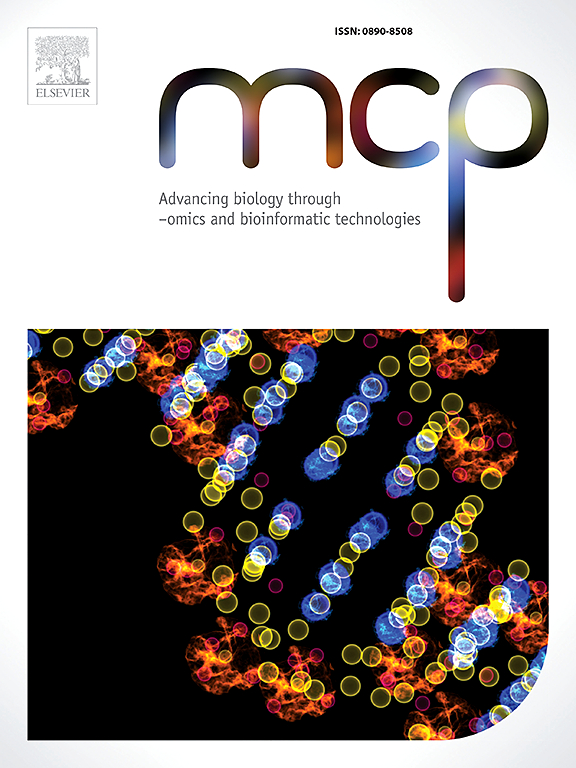Non-coding RNAs in chronic lymphocytic leukemia: A systematic review and meta-analysis to decode the diagnostic potential
IF 3
3区 生物学
Q3 BIOCHEMICAL RESEARCH METHODS
引用次数: 0
Abstract
Background
Chronic lymphocytic leukemia (CLL) comprises around 25–30 % of leukemia cases in the West. Emerging evidence underscores the role of non-coding RNAs (ncRNAs) like miRNAs, lncRNAs, and CircRNAs in CLL pathogenesis and regulation. The unique properties of ncRNAs have given the potential as non-invasive diagnostic biomarkers for CLL.
Methods
PubMed, Web of Science, Scopus, ProQuest, and Embase databases were searched (from inception up to January 2024) for studies addressing the correlation of ncRNA expression levels with diagnosis of CLL. The QUADAS-2 tool was employed to evaluate the risk of bias in the included studies. The GRADE approach evaluated the certainty of the evidence for diagnostic test accuracy.
Results
A total of 14 studies including 934 CLL patients were analyzed. Evaluations focused on miRNAs and CircRNAs due to sufficient primary data. For miRNAs, pooled sensitivity: 0.84, specificity: 0.98, positive likelihood ratio (PLR): 42.19, negative likelihood ratio (NLR): 0.16, diagnostic odds ratio (DOR): 260.14; area under the curve (AUC): 0.96. For CircRNAs, pooled sensitivity: 0.69, specificity: 0.77, PLR: 3.01, NLR: 0.40, DOR: 7.51, AUC: 0.80. GRADE assessments indicated very low certainty of evidence for miRNAs and low certainty for CircRNAs.
Conclusion
Both miRNAs and CircRNAs appear to hold promise as non-invasive diagnostic biomarkers in CLL, with miRNAs demonstrating higher diagnostic performance. However, based on the GRADE assessments, the certainty of evidence may undermine the reliability of the pooled estimates. Future studies with rigorous design, larger sample sizes, and standardized protocols are essential to strengthen the certainty of evidence.
慢性淋巴细胞白血病中的非编码rna:一项系统综述和解码诊断潜力的荟萃分析。
背景:慢性淋巴细胞白血病(CLL)约占西方白血病病例的25-30%。新出现的证据强调了非编码rna (ncRNAs)如miRNAs、lncRNAs和CircRNAs在CLL发病机制和调控中的作用。ncrna的独特特性赋予了其作为CLL非侵入性诊断生物标志物的潜力。方法:检索PubMed, Web of Science, Scopus, ProQuest和Embase数据库(从成立到2024年1月),寻找ncRNA表达水平与CLL诊断相关性的研究。采用QUADAS-2工具评估纳入研究的偏倚风险。GRADE方法评估诊断测试准确性证据的确定性。结果:共纳入14项研究,共纳入934例CLL患者。由于有足够的原始数据,评估主要集中在mirna和circrna上。对于miRNAs,合并敏感性:0.84,特异性:0.98,阳性似然比(PLR): 42.19,阴性似然比(NLR): 0.16,诊断优势比(DOR): 260.14;曲线下面积(AUC): 0.96。对于CircRNAs,总敏感性为0.69,特异性为0.77,PLR为3.01,NLR为0.40,DOR为7.51,AUC为0.80。GRADE评估表明,mirna和circrna的证据确定性非常低。结论:mirna和circrna似乎都有望成为CLL的非侵入性诊断生物标志物,其中mirna表现出更高的诊断性能。然而,基于GRADE评估,证据的确定性可能会破坏汇总估计的可靠性。严格设计、更大样本量和标准化方案的未来研究对于加强证据的确定性至关重要。
本文章由计算机程序翻译,如有差异,请以英文原文为准。
求助全文
约1分钟内获得全文
求助全文
来源期刊

Molecular and Cellular Probes
生物-生化研究方法
CiteScore
6.80
自引率
0.00%
发文量
52
审稿时长
16 days
期刊介绍:
MCP - Advancing biology through–omics and bioinformatic technologies wants to capture outcomes from the current revolution in molecular technologies and sciences. The journal has broadened its scope and embraces any high quality research papers, reviews and opinions in areas including, but not limited to, molecular biology, cell biology, biochemistry, immunology, physiology, epidemiology, ecology, virology, microbiology, parasitology, genetics, evolutionary biology, genomics (including metagenomics), bioinformatics, proteomics, metabolomics, glycomics, and lipidomics. Submissions with a technology-driven focus on understanding normal biological or disease processes as well as conceptual advances and paradigm shifts are particularly encouraged. The Editors welcome fundamental or applied research areas; pre-submission enquiries about advanced draft manuscripts are welcomed. Top quality research and manuscripts will be fast-tracked.
 求助内容:
求助内容: 应助结果提醒方式:
应助结果提醒方式:


